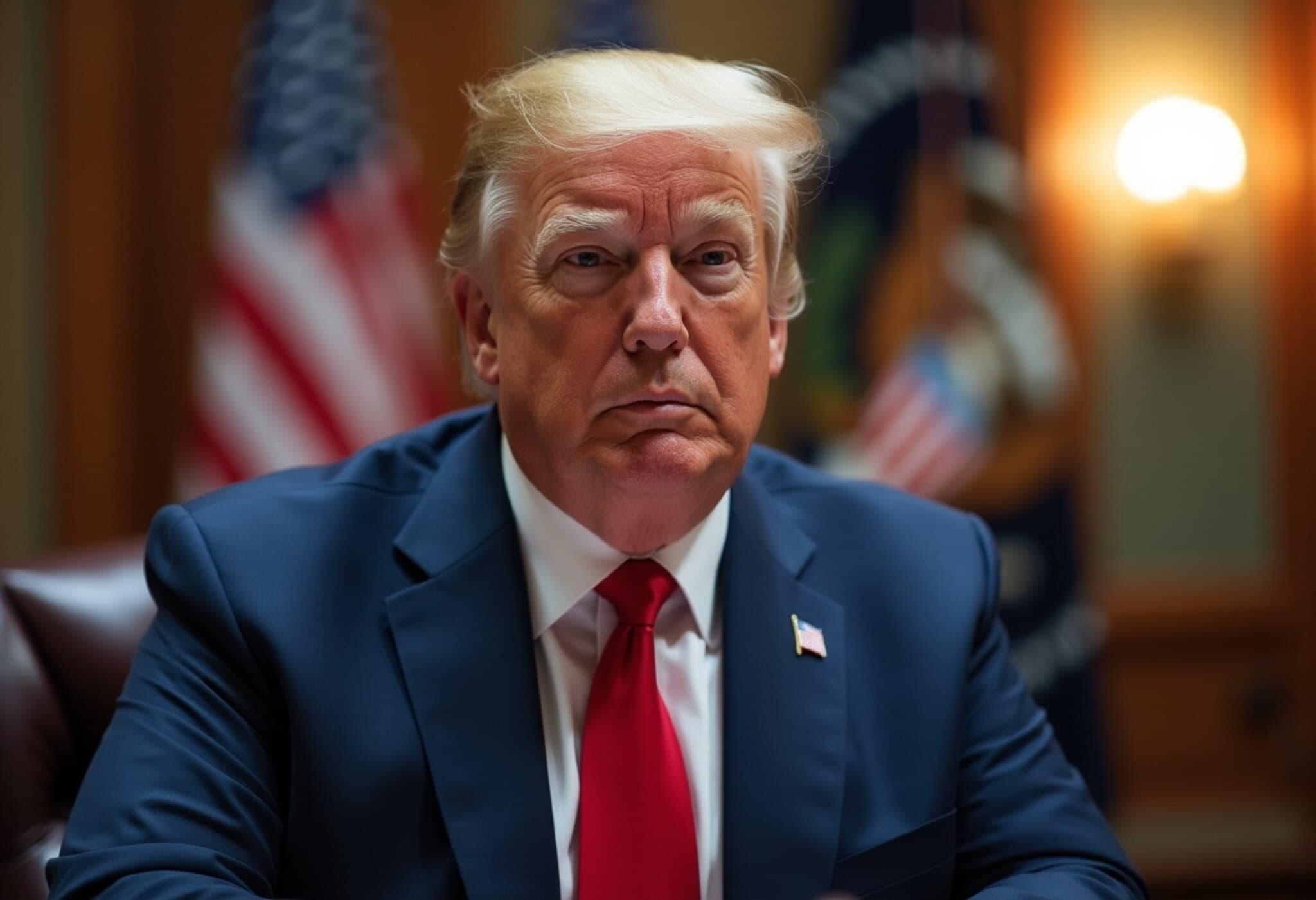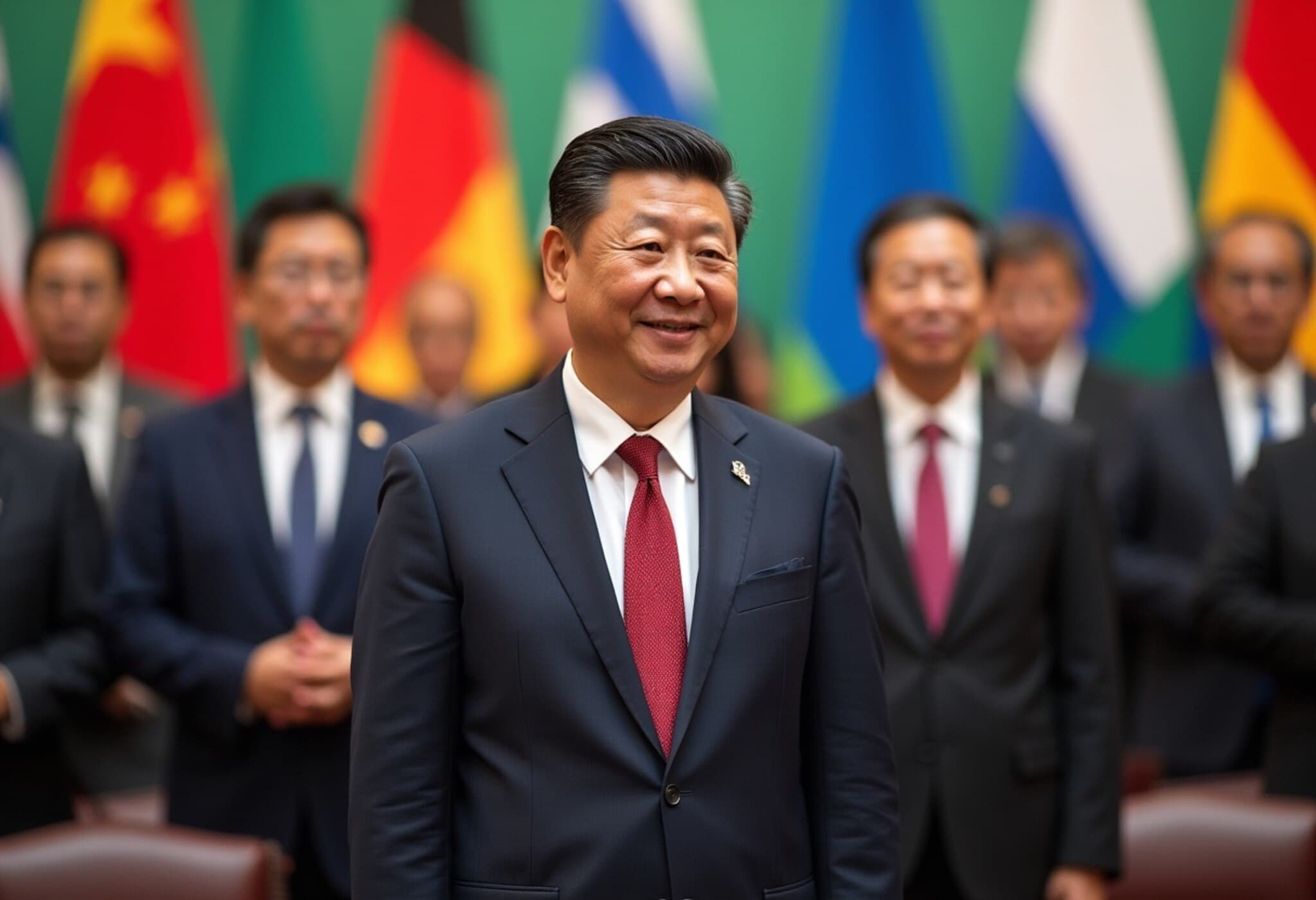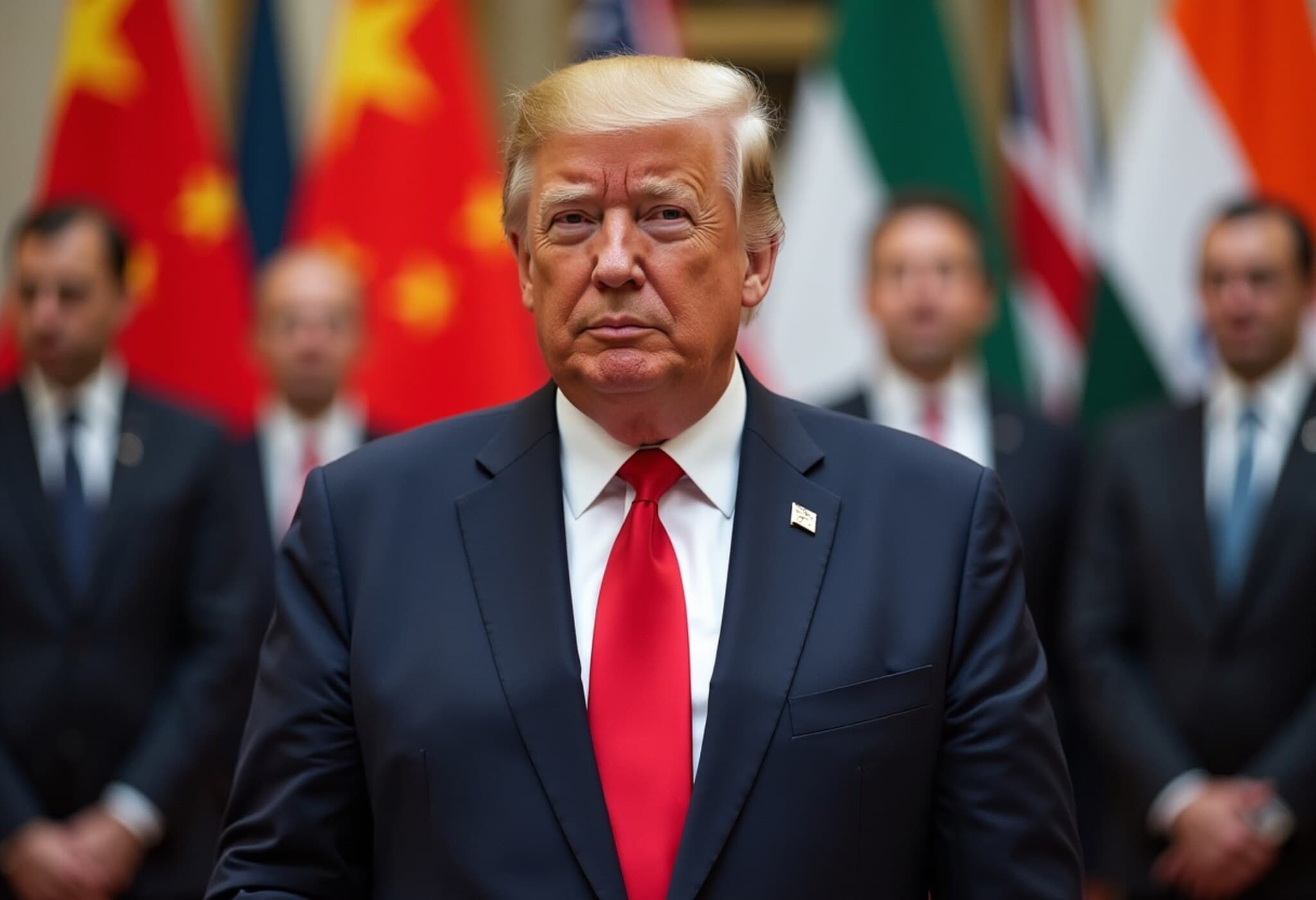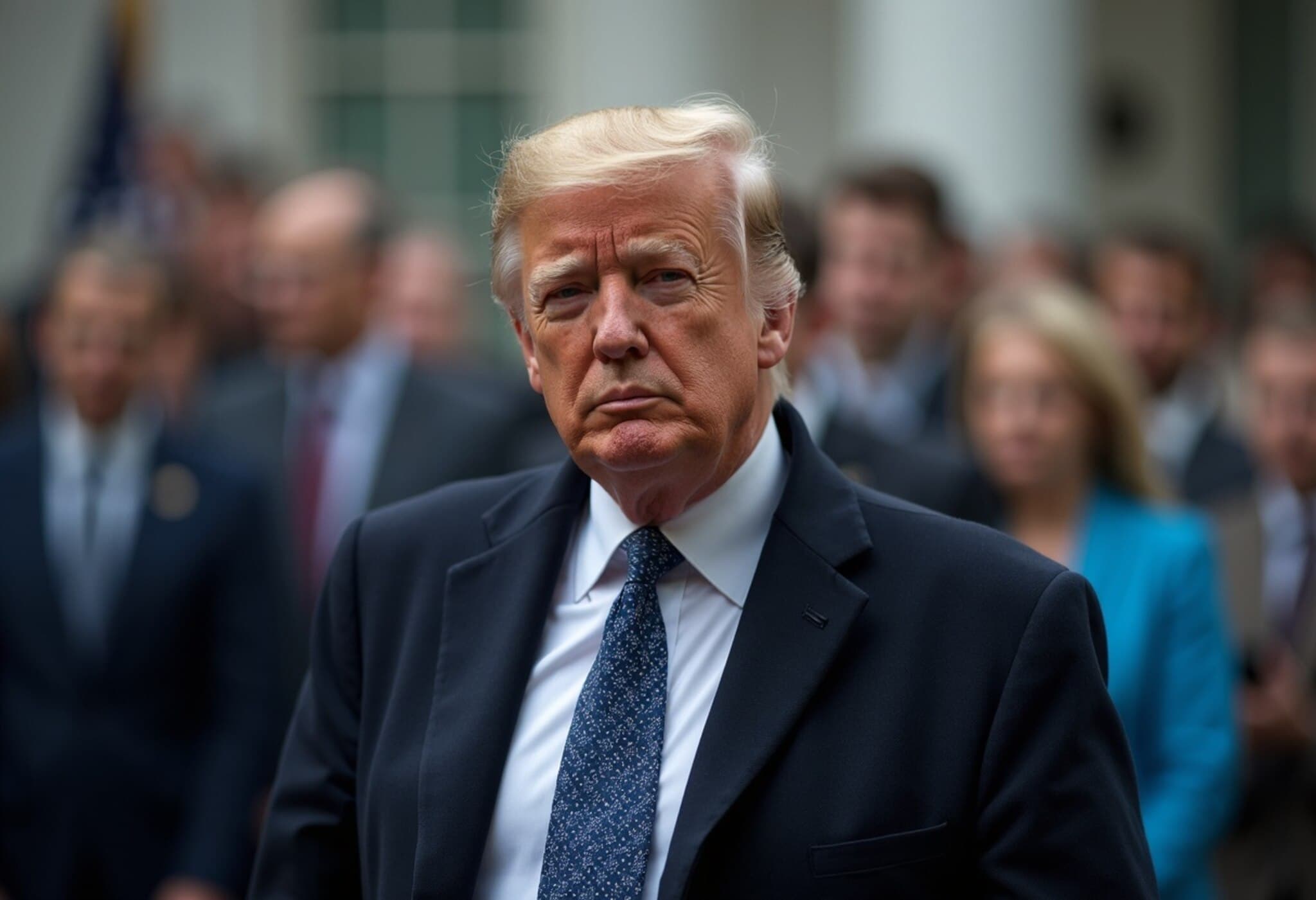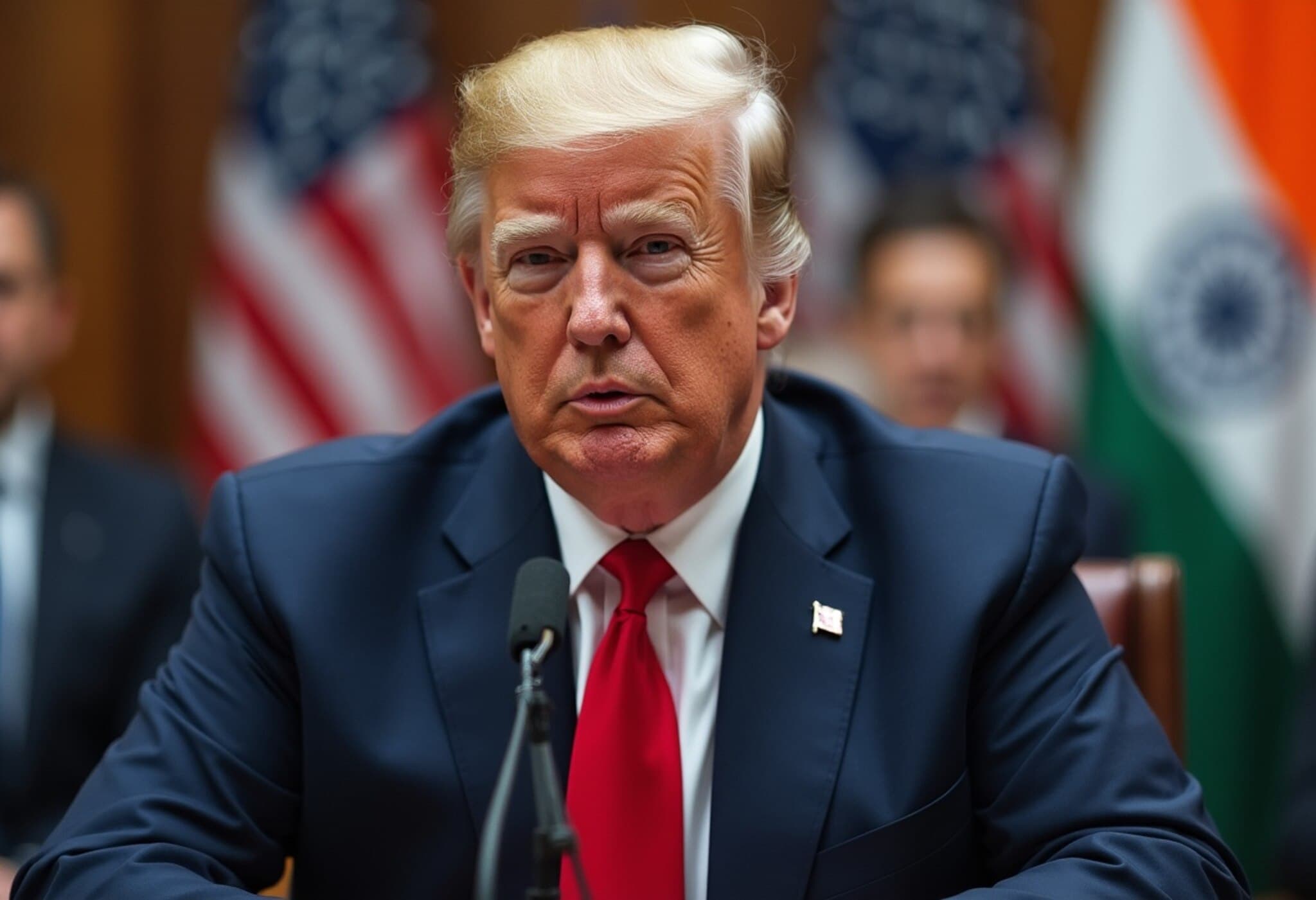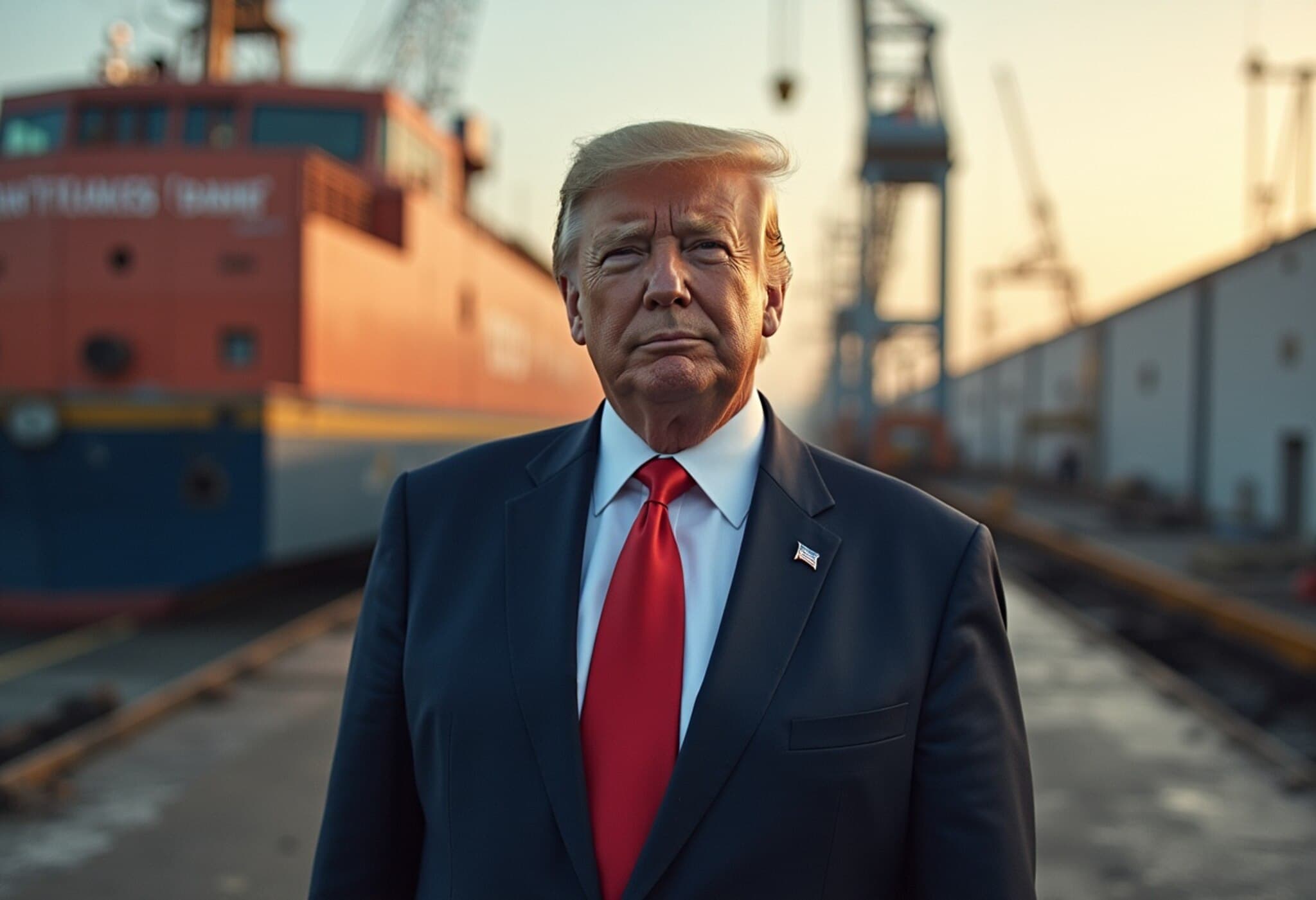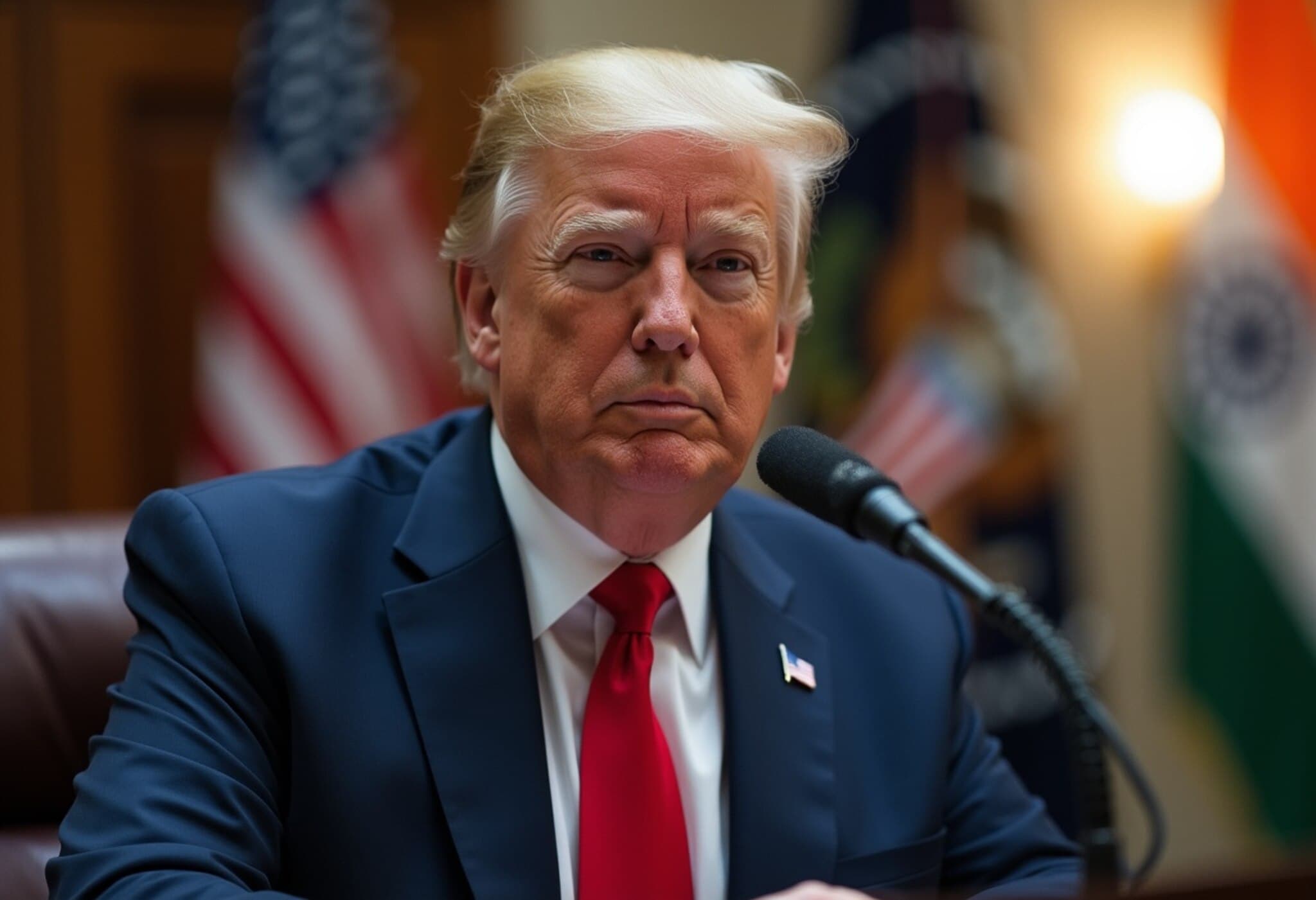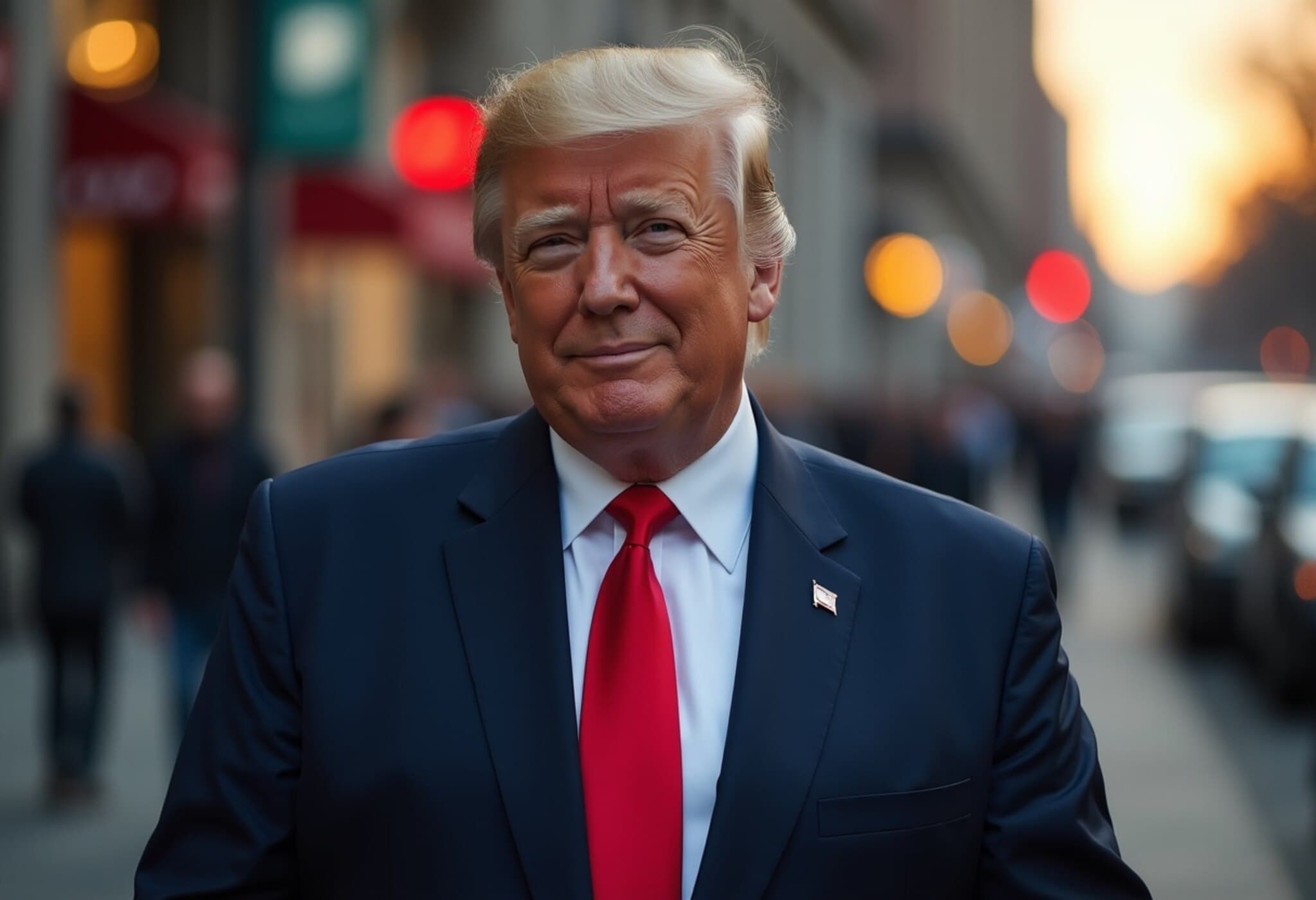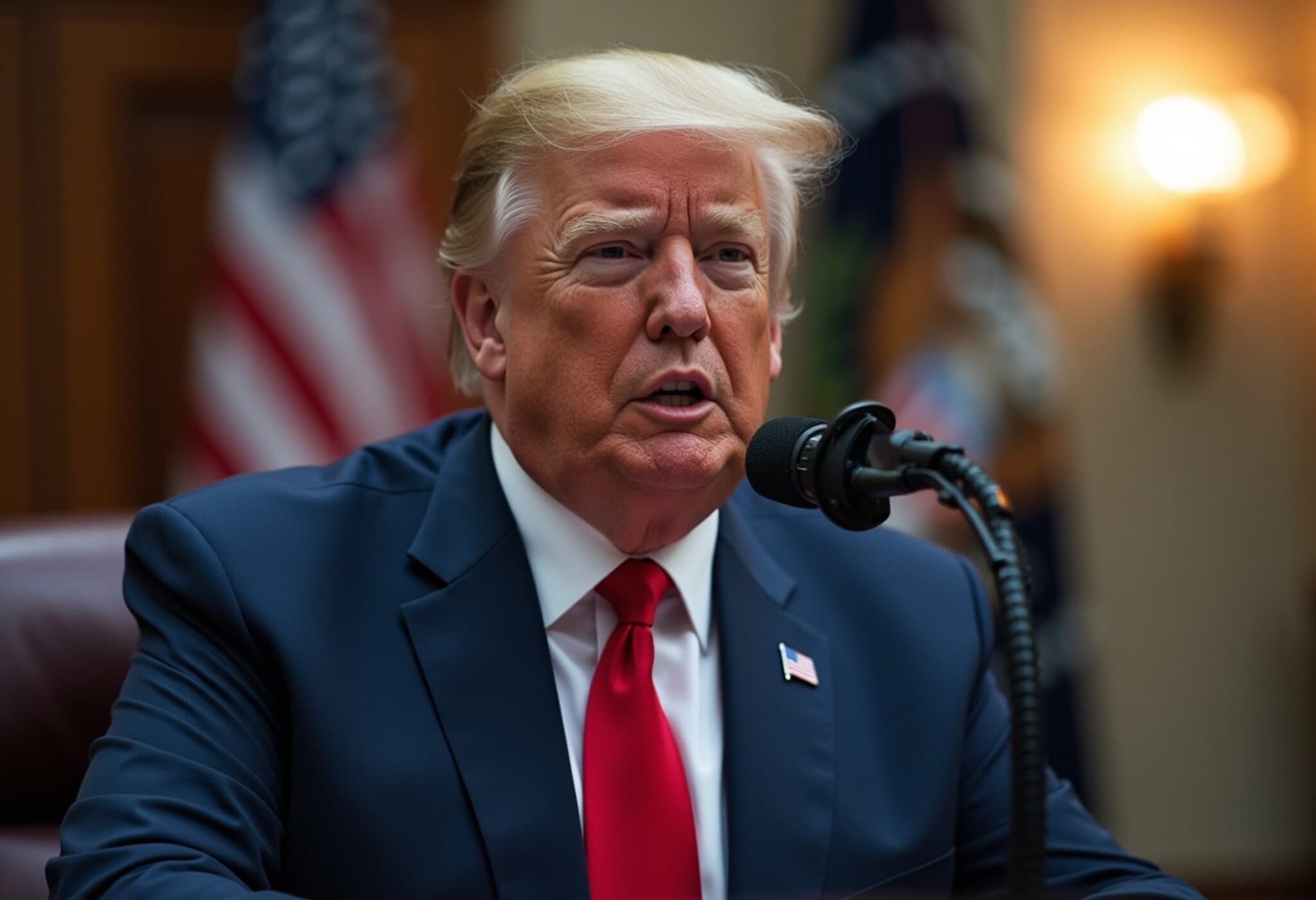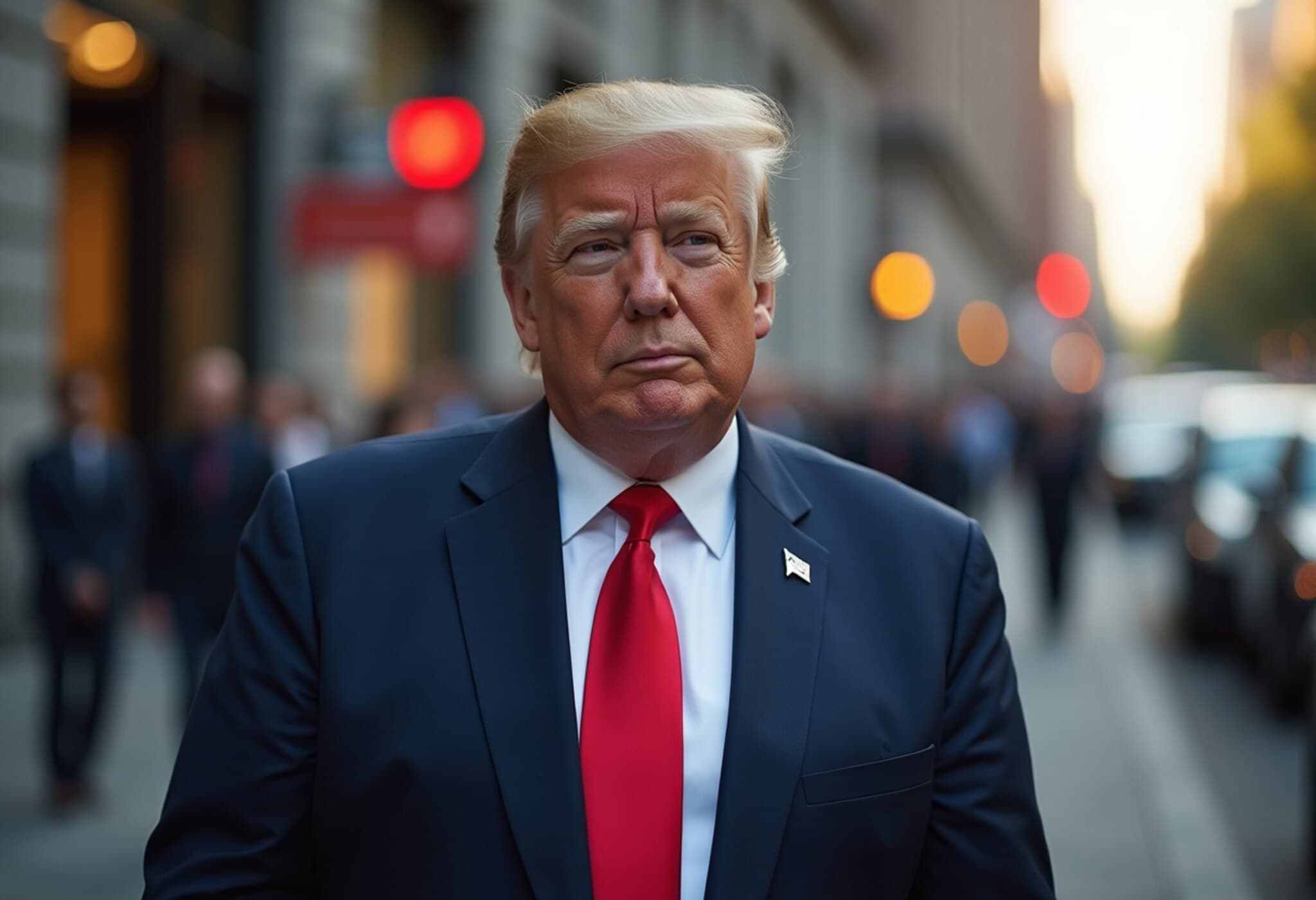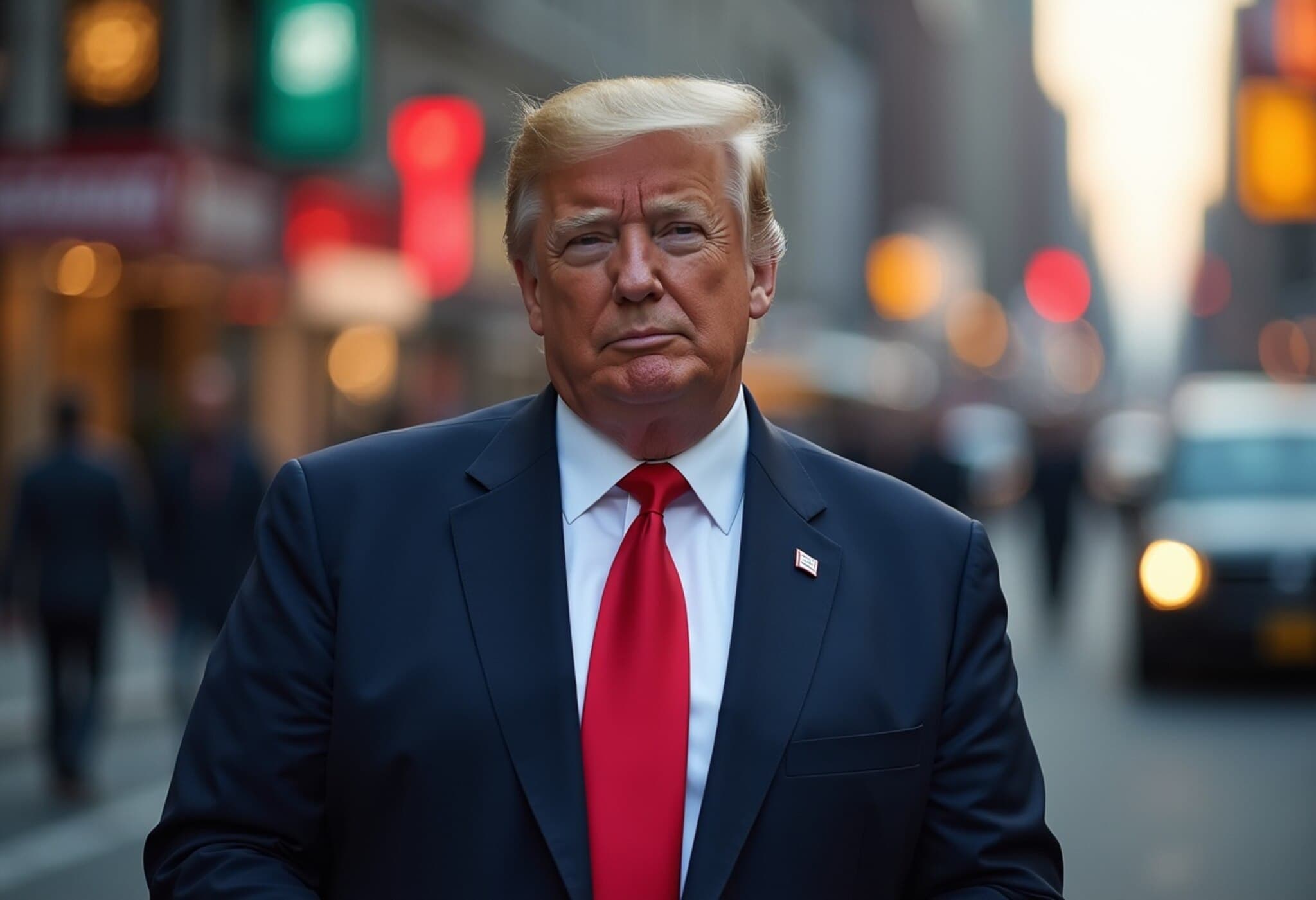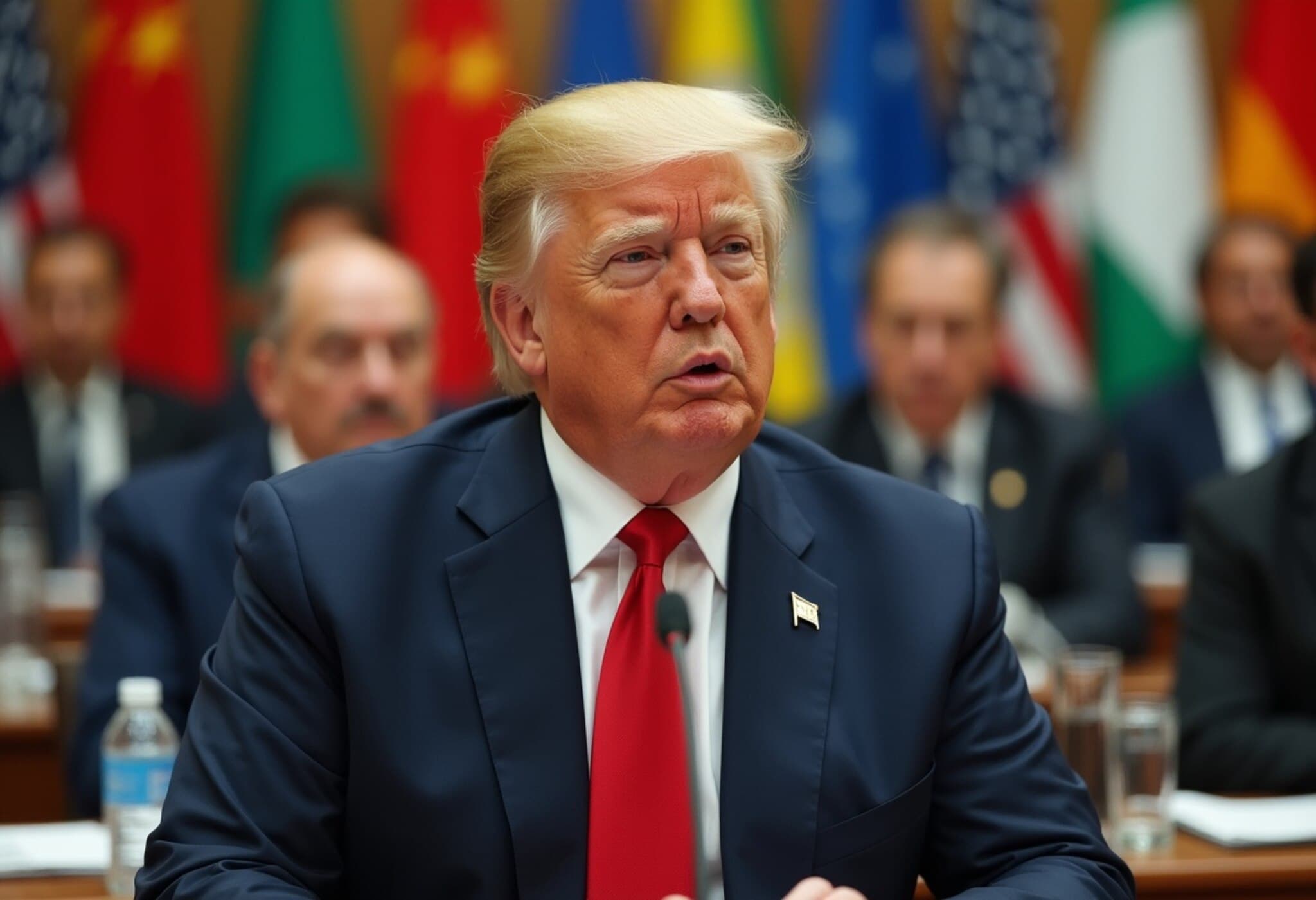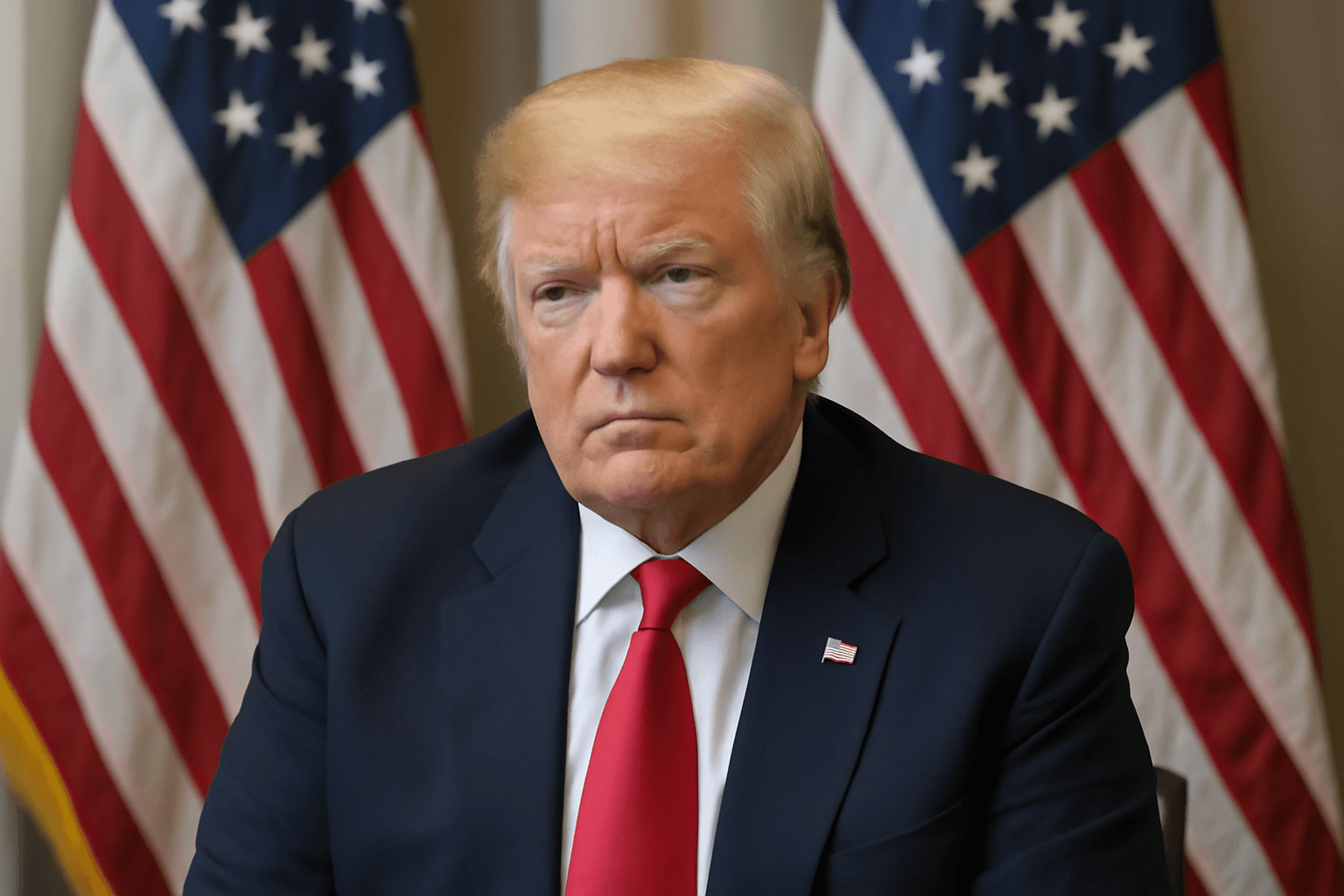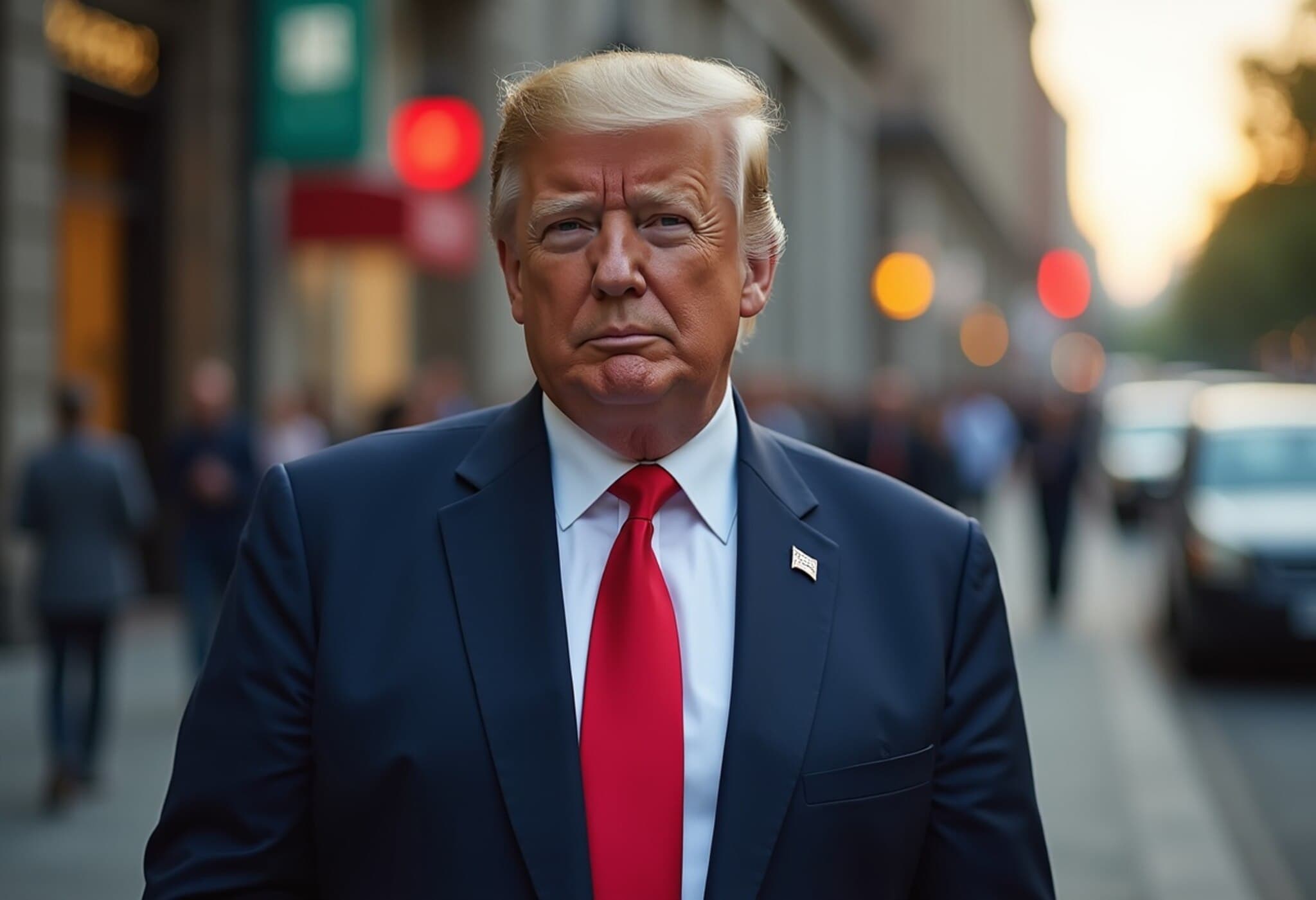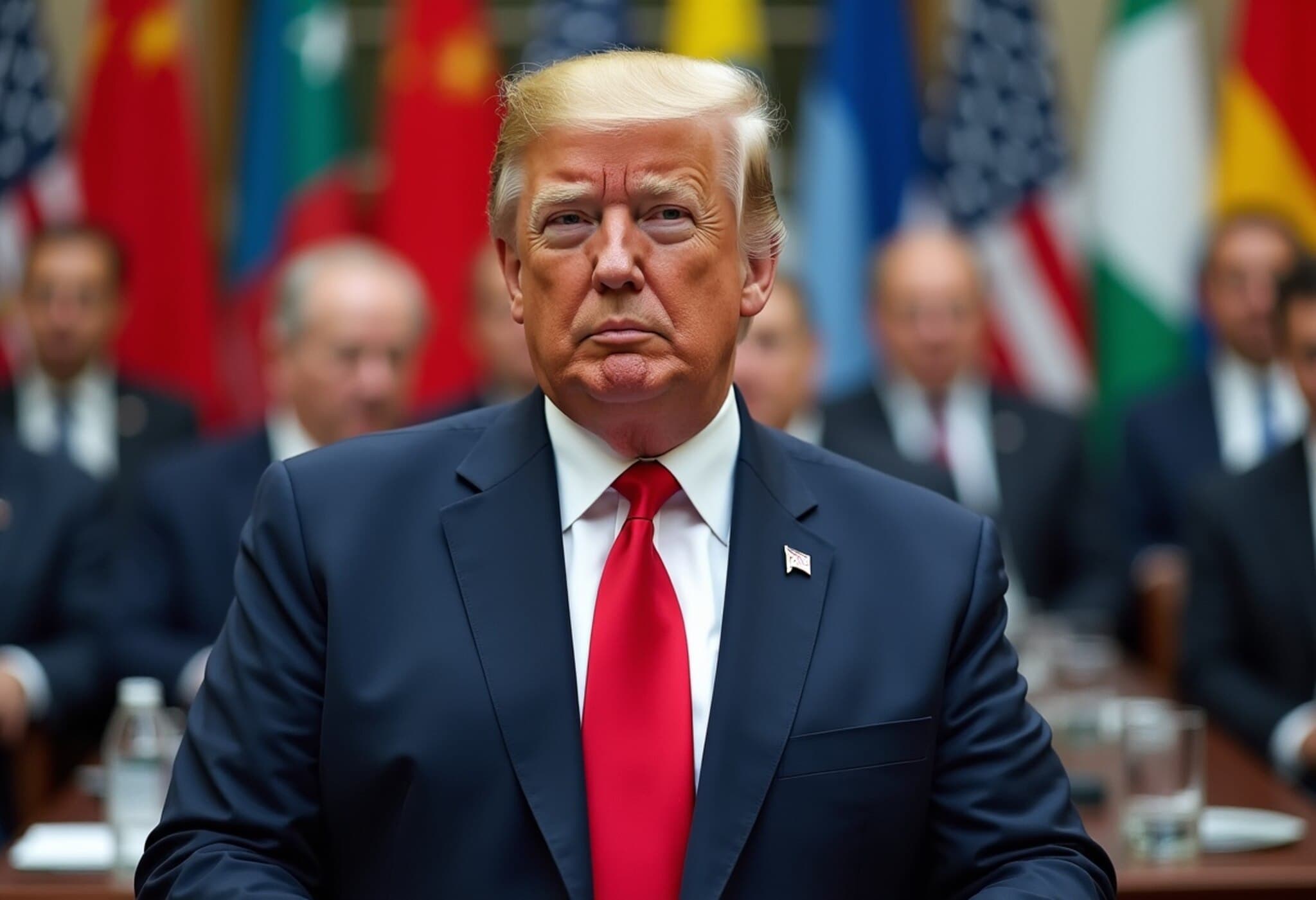Trump Announces Additional 10% Tariff Targeting BRICS Supporters
In a move that deepens economic tensions between the United States and the expanding BRICS alliance, former US President Donald Trump declared that any nation aligning with the bloc’s so-called “anti-American” stance would face an extra 10% tariff on imports. Delivered via a statement on Truth Social on July 7, 2025, Trump emphasized: “Any country aligning with the anti-American policies of BRICS will be charged an ADDITIONAL 10 per cent tariff. There will be no exceptions to this policy.”
The Growing Influence of BRICS
The economic coalition initially founded in 2009 by Brazil, Russia, India, and China—later joined by South Africa—has dramatically expanded over the past year. New members such as Egypt, Ethiopia, Indonesia, Iran, Saudi Arabia, and the United Arab Emirates have joined, broadening the bloc’s geopolitical and economic weight.
BRICS leaders convened in Rio de Janeiro for this year’s summit amid rising global economic uncertainty and growing calls from member states for greater cooperation outside Western economic frameworks. Despite Chinese President Xi Jinping’s absence, Premier Li Qiang represented China, while Russian President Vladimir Putin participated virtually, underscoring the bloc’s global ambitions.
US Strategy: Escalating Tariffs Amid Trade Realignments
Trump’s tariff announcement came alongside news that the US government will begin dispatching detailed letters to affected countries. These letters will outline specific tariff rates and clarify the status of trade negotiations or agreements. This indicates a methodical approach by the US to target countries aligning with what it calls “anti-American” policies economically unfavorable to Washington.
Experts see this as part of a broader US effort to counterbalance BRICS’ growing influence, especially as the group advocates for economic models challenging US-led global institutions. Tariffs have long been a contentious tool for the US in trade wars, but imposing additional levies tied explicitly to geopolitical alignment marks a more aggressive stance.
Contextualizing the Impact: What This Means Globally
- For BRICS members: The extra tariffs could disrupt trade flows, raising costs for both exporters and consumers, and may encourage deeper intra-BRICS trade arrangements to circumvent US tariffs.
- For the US economy: While tariffs aim to protect domestic industries, they can also lead to retaliatory measures, supply chain uncertainties, and higher prices for American consumers.
- Global trade environment: This escalation could exacerbate tensions among developing nations and Western powers, complicating already fraught trade negotiations on issues like technology access, climate policy, and financial regulation.
Expert Insight: A Diplomatic Tightrope
Dr. Susan Elliott, a trade policy analyst based in Washington, DC, notes, "This announcement signals a shift from traditional tariff policies—these levies are as much about geopolitical signaling as they are about economics. Targeting nations based on alignment with BRICS policies could force countries into difficult diplomatic choices, especially those with significant economic ties to both the US and the BRICS bloc.”
Looking Ahead
The US’s new tariff strategy raises critical questions about the evolving nature of global alliances and trade diplomacy. As BRICS continues to seek a more prominent role on the world stage, the effectiveness and consequences of America’s hardline tariff posture remain to be seen—especially regarding how it might push countries either closer to or further from US economic influence.
Trump’s declaration of a no-exceptions, additional 10% tariff on countries supporting BRICS reflects a potent blend of trade policy and geopolitical competition. It challenges global trade norms by explicitly connecting tariffs to political alignments, not just economic factors. Readers should consider how such measures may reshape future US foreign economic policy and the global balance between Western and emerging economic powers.
Is this tariff threat a strategic deterrent or a risky gamble that could undermine US economic interests? And how will nations caught in the middle navigate these increasingly polarized global trade waters?

